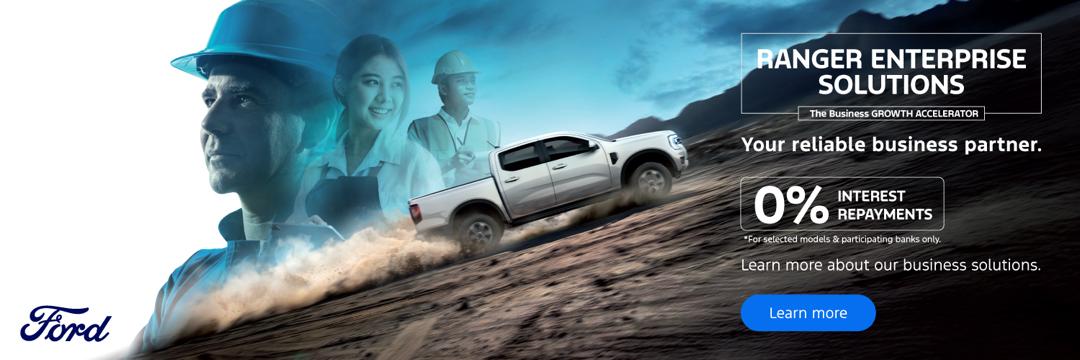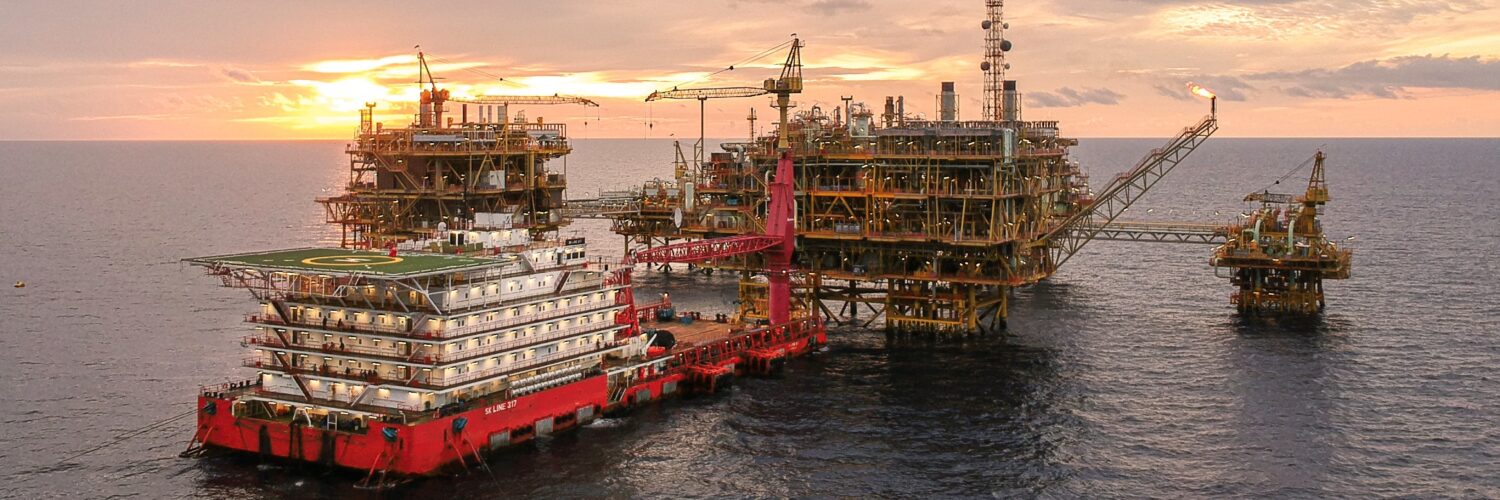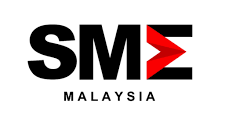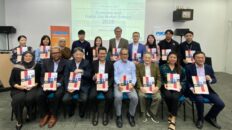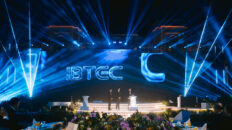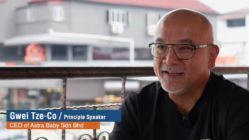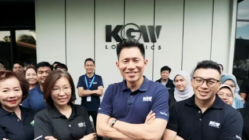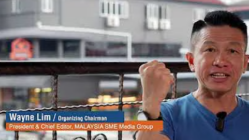Key Takeaways
- 60 Years of Enduring, Family-Led Growth A multi-generational business with deep industry roots and about 280 staff and 700 contract marine crew members.
- First-Mover Advantage in Offshore Vessels Delivered Malaysia’s first OSV in 1987 and anchor handler in 1989—building early trust with global oil majors
- 100+ Vessels Built Through Scalable Manufacturing Standardised production between 2005–2015 enabled rapid delivery and cost efficiency.
- Among the Largest OSV Charterers in the Region Shifted into chartering post-2015; now operates one of Southeast Asia’s largest OSV fleets.
- ESG-Ready Fleet with 30% Fuel Savings Diesel-electric vessels introduced in 2012—significantly lower fuel burn, higher efficiency.
From oilfield beginnings to renewable frontiers, Nam Cheong has powered the marine economy for over 60 years—ship by ship, cycle by cycle.
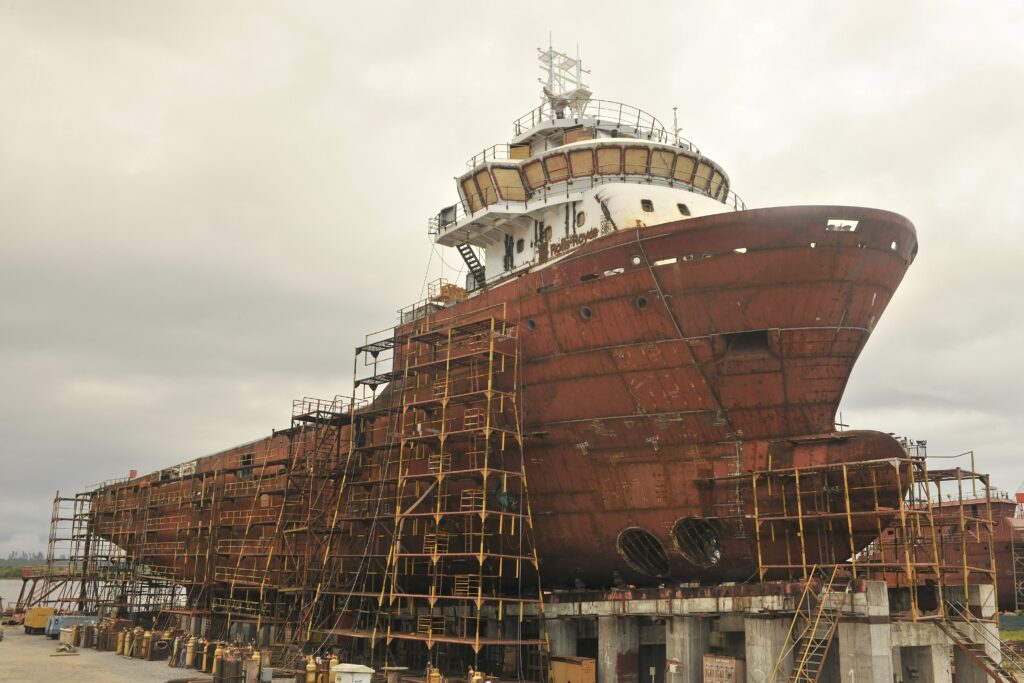
As the world moves further offshore in search of new energy, data routes, and infrastructure resilience, Nam Cheong has already laid the groundwork: the vessels, systems, know-how, and experience to make it happen. From traditional shipbuilding to modern chartering, from Malaysian waters to international markets, Nam Cheong has shifted the needle for an entire sector—proving that the ocean can be a powerful engine of economic growth.
Nam Cheong’s journey didn’t begin with global ambition. It started in Miri, Sarawak—an oil town that has played a historic role in Malaysia’s offshore exploration. The early shipyard served local fishing communities before gradually transitioning to support the nascent offshore energy sector. That pivot would change everything. Their first offshore vessel was delivered in 1987. Two years later came their first anchor-handling tug supply vessel (AHTS)—a class of vessel that became the offshore workhorse.
As Malaysia’s oil and gas activities expanded into deeper waters, Nam Cheong rose with them, delivering dynamic positioning (DP2) vessels and specialised support ships for clients working with Shell, Petronas, and Bumi Armada.
“It was always about learning what the market needed—then building to that standard,” said Leong. “Every ship, every project refined our knowledge.”
From Shipbuilding to Ship Manufacturing
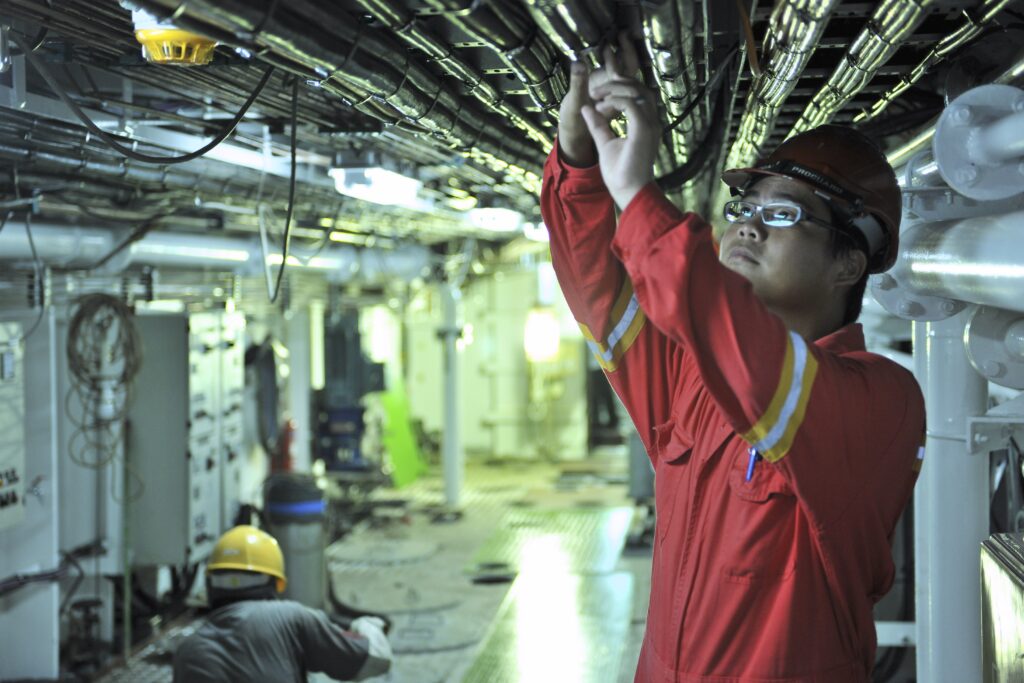
By 2005, demand was booming. Nam Cheong found itself with more orders than its yard could handle. The solution was bold: shift vessel production to China. But this wasn’t a cost-cutting move—it was a systems play. Unlike Chinese yards designed for massive container or tanker ships, Nam Cheong specialised in more intricate, equipment-heavy vessels.
“Their yards build ‘clocks’. We build ‘watches’,” Leong explained. This was also the beginning of a mindset shift. The company moved from traditional project-based shipbuilding to a manufacturing model—standardising components, refining designs across vessel generations, and building with long-term operational performance in mind.
“We designed once and built many,” said Leong. “It let us reduce engineering hours, manage inventory smarter, and pass cost efficiencies on to clients.” But achieving this shift wasn’t accidental—it required strong management commitment, and years of investing in technical competencies and supply chain readiness. Nam Cheong’s move into ship manufacturing demanded not only standardisation, but also the internal discipline to build capabilities ahead of market demand—turning operational complexity into long-term advantage. Between 2005 and 2015, Nam Cheong constructed over 100 vessels in China. With each generation, their expertise deepened, their network grew, and their standing as a world-class supplier was solidified.
Weathering the Storm: A Business Reinvented
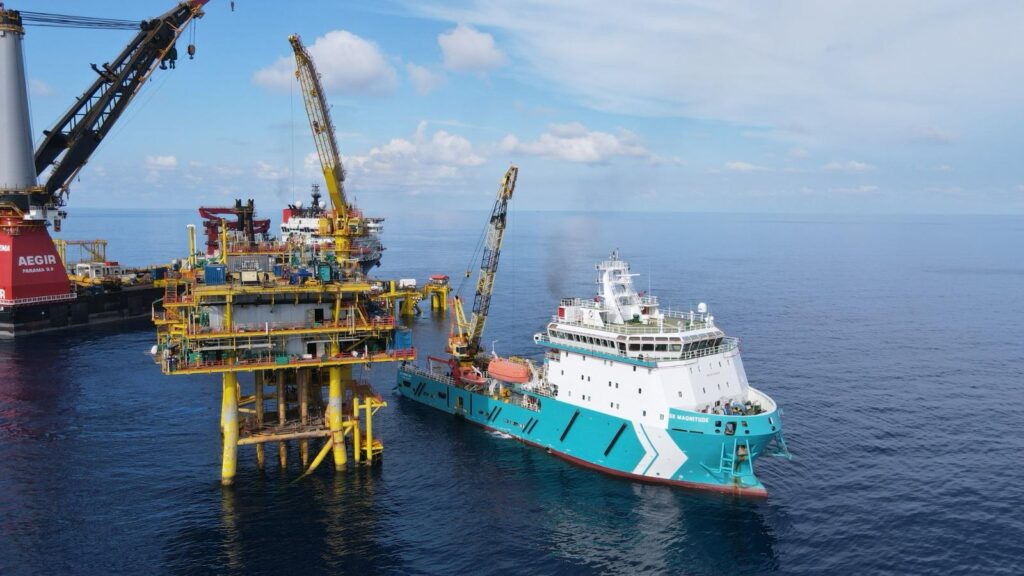
Then came the downturn.
The oil market crash of 2015 sent shockwaves through the offshore sector. Orders disappeared. Buyers defaulted. Nam Cheong was left with unsold vessels—assets that, without charter contracts, became liabilities.
But, Nam Cheong adapted—again.
“We were builders, not operators. But we became charterers out of necessity,” Leong recalled. With clients unable to fulfil contracts, the company moved into direct chartering, stepping into roles once played by their buyers. And in doing so, they expanded their business model.
Today, Nam Cheong operates one of the largest OSV fleets in Southeast Asia. Their chartering arm was built from scratch, led by international expertise and guided by an ambition to outperform industry norms. “We wanted to be A-Asia on the sea,” Leong said, referencing the high-efficiency airline as their operating inspiration. This reinvention not only helped Nam Cheong survive—but it also allowed them to entrench market presence and performance.
Enabling Construction at Sea
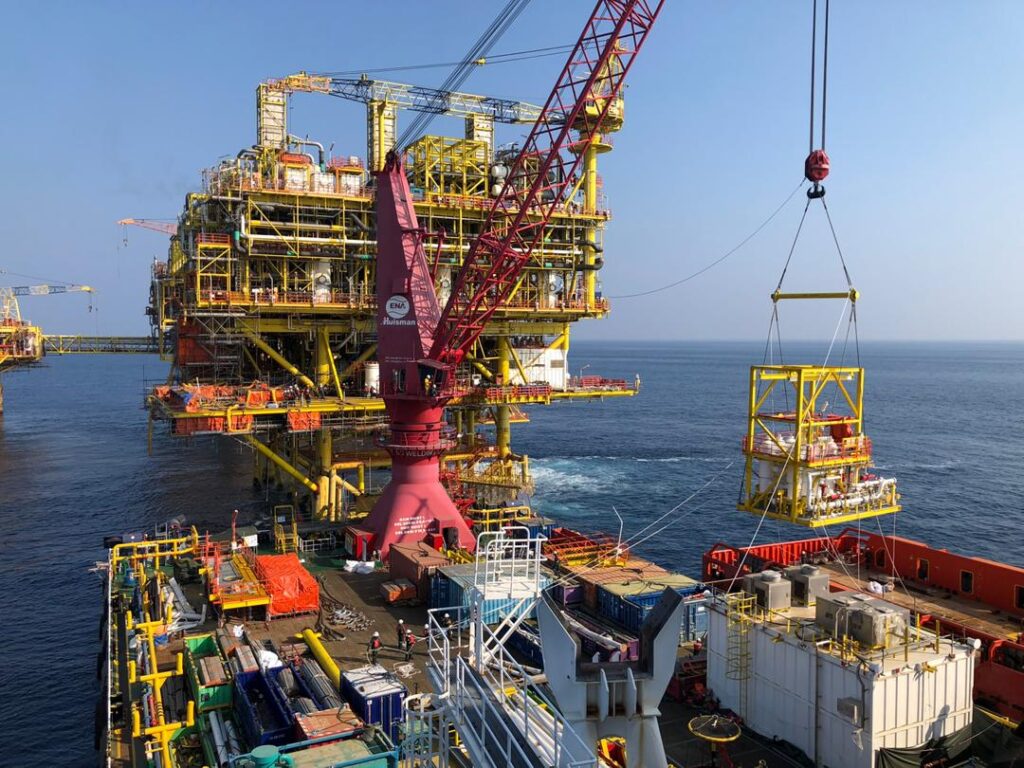
Nam Cheong’s evolution into a total solutions provider didn’t happen by design—but by depth. What they provide now goes far beyond the vessel itself. Their ships serve as ‘platforms’ for complex operations: towing, lifting, transporting, subsea exploration, and enabling offshore construction that mirrors what’s done on land.
“60% of any offshore construction project comes down to the vessel,” said Leong. “It’s the enabler. Without access, nothing gets built.” Nam Cheong’s vessels support the full spectrum of sea-based infrastructure—from oil and gas installations to emerging sectors like wind energy, undersea power transmission, and global internet cable networks.
A Head Start on the Green Shift
Nam Cheong’s readiness for the renewable wave wasn’t driven by ESG compliance—but by engineering logic. Back in 2012, they began designing diesel-electric vessels to reduce fuel consumption. At the time, it was about operating costs. Those vessels now position them ahead of the curve. “We didn’t build green vessels to be green. We built them to be efficient. But now, they’re exactly what wind farm operators need,” Leong said.
That foresight—again grounded in long-term thinking—has opened doors in new markets. With the offshore renewables sector scaling rapidly, Nam Cheong finds itself supplying vessels that are not only technically proven, but already aligned with global climate goals.
Family-Led. Future-Focused
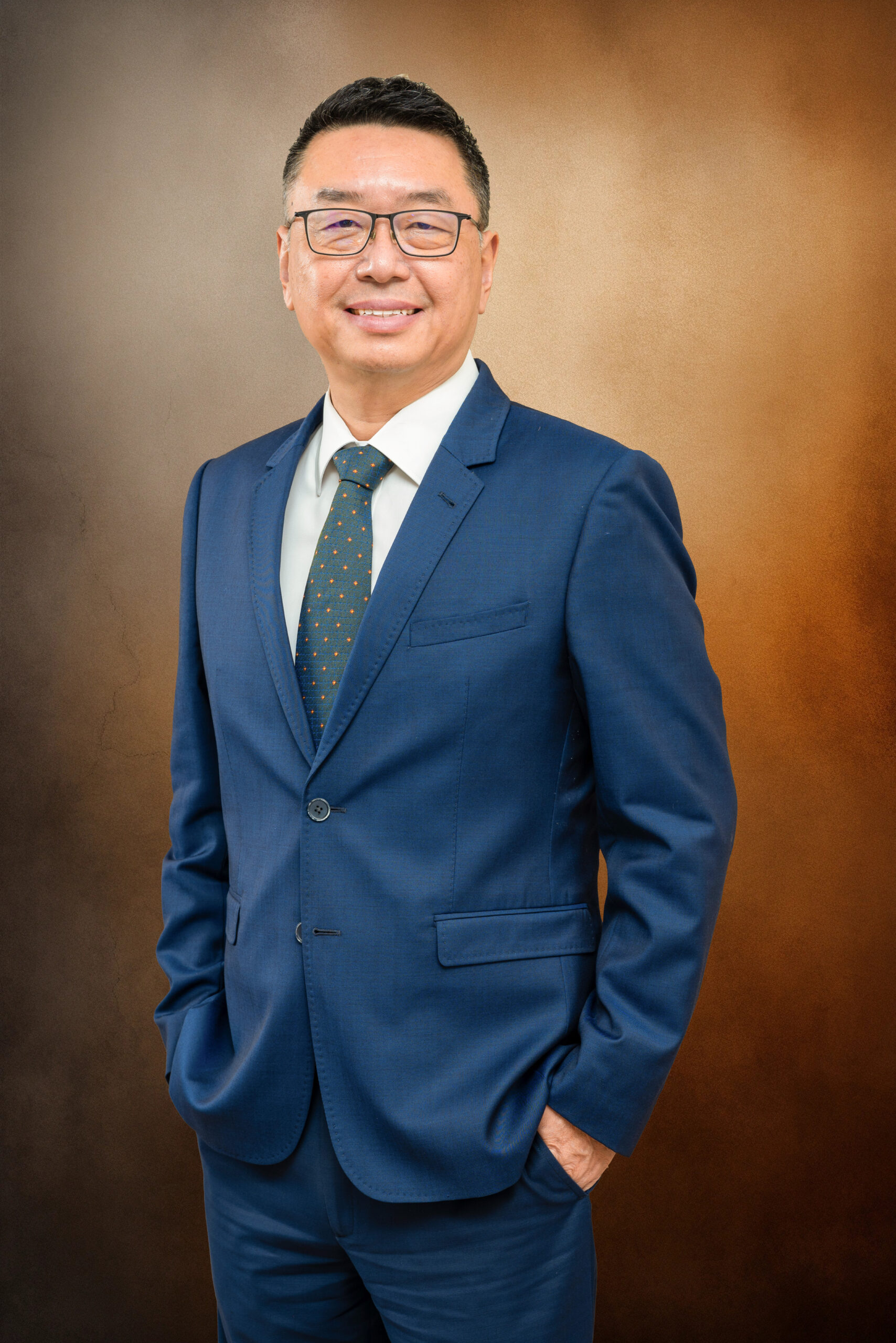
Nam Cheong’s ability to pivot and endure has much to do with its leadership structure. As a family-led company listed in Singapore but firmly rooted in Malaysia, decisions are made with decades in mind—not just quarters. “In a family business, you don’t think in three-month cycles. You think in generations,” said Leong. “If I don’t finish the plan, the next family member will.”
That mindset gave the company the resilience to push through restructuring when others walked away. It also meant a stronger sense of accountability—to lenders, partners, and the 250 staff and 700 contract marine crew members’ families directly supported by the business.
Looking Forward: From Local Waters to Global Infrastructure
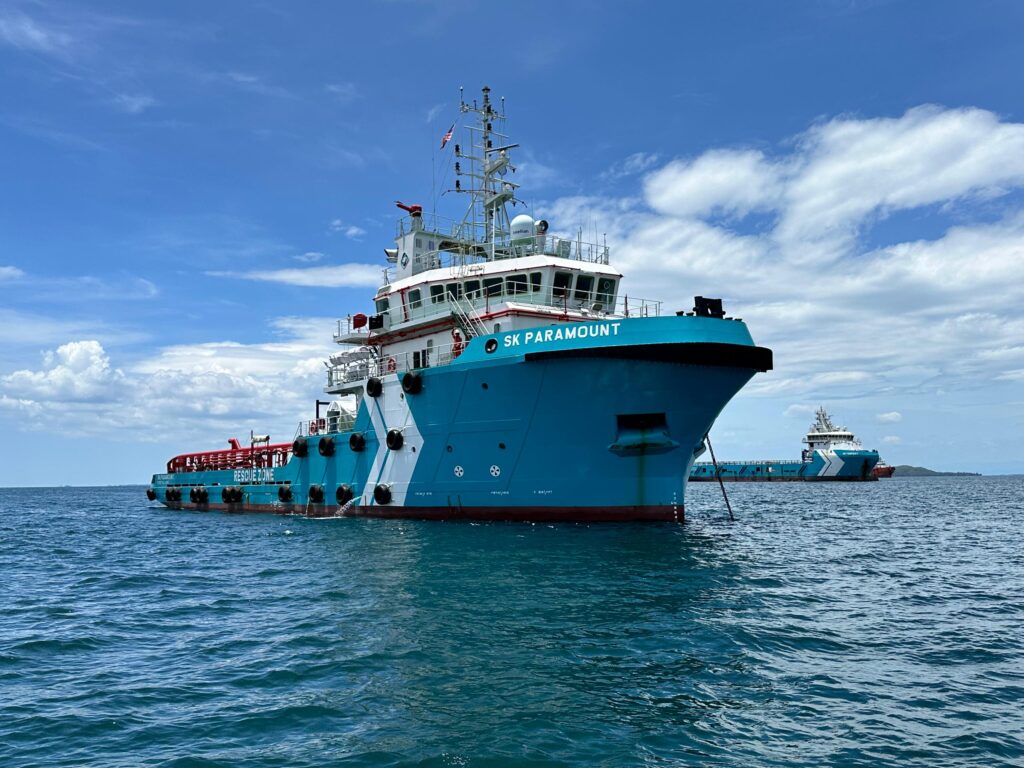
Nam Cheong’s five-year strategy is already underway. The focus: cost efficiency through digitalisation, market diversification, and deeper inroads into renewables and telecoms marine construction.
Digitalisation is key to reducing reliance on crew and pre-empting maintenance issues. AI-powered condition monitoring is being deployed across the fleet to track vessel health in real time—another investment with long-term payoffs.
Geographically, the company is reactivating relationships from its manufacturing decade—this time offering charters instead of sales. And as renewable energy and data infrastructure scale globally, Nam Cheong is positioning itself to be an indispensable marine partner in the new offshore economy.
Nam Cheong’s story is one of strategy, reinvention, and long-range vision. For over six decades, it has stood as a builder of capability—not just vessels. As the world moves toward deeper offshore energy, subsea infrastructure, and the renewable transition, Nam Cheong isn’t catching up. It’s already positioned.
From pioneering Malaysia’s offshore vessel manufacturing model to enabling what’s done on land to be done at sea, Nam Cheong has proven it can adapt, scale, and lead. The sea is the world’s next economic frontier. Nam Cheong is already at work—delivering the infrastructure to make that frontier real.


